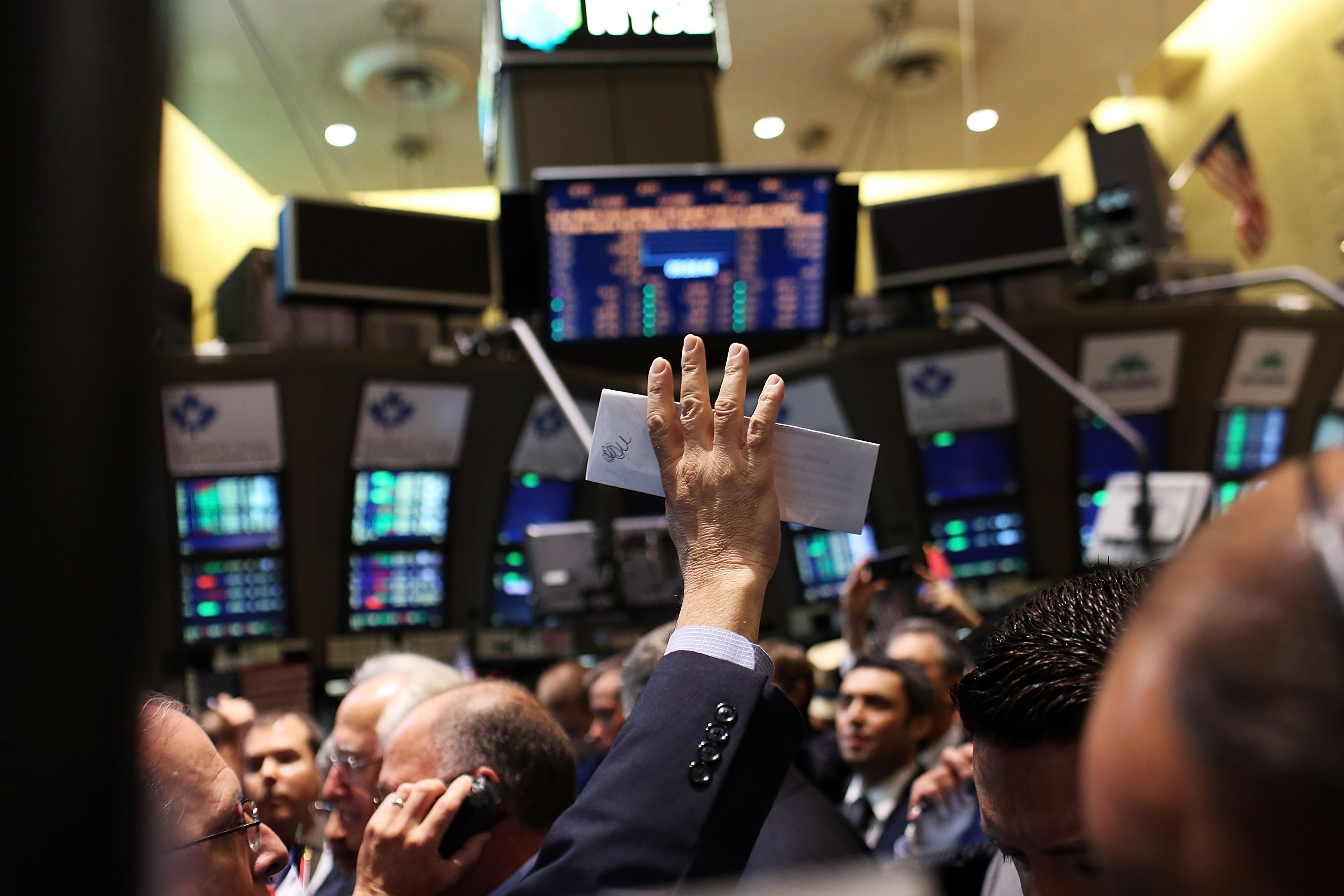How credit rating agencies are slowly but surely reacting to climate risk

At the end of 2015, just after the Paris climate conference, the major credit rating agencies released reports addressing the emerging risk associated with climate change, and global efforts to stop it.
As banks, businesses and financiers began trying to figure out how things can work if the world will only allow 1.5 degrees warming, it appeared to dawn on Moody’s and Standard & Poor’s that the markets won’t be able to function as they have done in the past.
According to Moody’s, there are two significant financial risks caused by climate change:
- Adverse effects of direct environmental hazards such as pollution, drought, and severe natural and man-made disasters, and
- The consequences of regulatory or policy initiatives that seek to reduce or prevent environmental hazards or perceived hazards.
The Moody’s report, more interesting than the one produced by S&P (neither are publicly available), has a heat map illustrating the variations in credit impact across sectors and outlines its approach to assessing the financial impact of environmental risks.
It identified three sectors most vulnerable to climate risk: unregulated power generation, coal mining and coal terminals.
The S&P report, which noted that environmental and climate risks are assessed and incorporated in their industry specific criteria, said climate change could have a direct physical impact – such as disrupting supply chains – as well as a market impact.
It found oil refining and market, regulated utilities, unregulated power and gas to be the most at risk of the impacts of climate change.
Way too slow
So the credit rating agencies are now discussing climate change as a legitimate material risk for corporate credit, but they have also failed to perform their stated function: “Ratings are forward-looking opinions of the relative credit risks of financial obligations issued by corporates.”
An Unearthed review of Moody’s corporate ratings reveals that the agency has been slow to act when rating corporations from these ‘vulnerable sectors’.
Neither Moody’s actual corporate long term ratings, nor the relevant Moody’s sectoral methodologies have seriously taken into consideration the risks presented in the cross-sectoral Heat Map.
Two of the relevant methodologies were updated in 2014 when most of the coal related risks were already clear, and they were still not reflected in these methodologies.
And though coal is clearly the common factor which puts these three industries at risk, individual unregulated utility ratings in Europe still seem to be mostly driven by sovereign ratings (and state ownership in the utilities), rather than more pertinent risks such as share of coal assets within company portfolios.
Arguably, climate change as a physical and capital risk became material when the earliest UNPCCC report was published, but Moody’s have only taken the effect of climate change into account for individual corporate rates in the last few years.
S&P claims that they have incorporated climate factors in their industry specific criteria: the Key Credit Factors (KCFs) and management and governance sub criteria. Direct impact, supply chain disruptions, and market impact are all referenced in their KCFs.
The Peabody test
One example of ratings failure is Peabody. Moody’s kept the coal mining giant at Ba1 – meaning ‘non investment grade speculative’ – for the whole period between February 2006 and August 2013 when the share price was going up and down as though it were on a roller-coaster.
It took nearly two years for the rating to be dropped down to the bottom B grade, during which the credit default swap (CDS) price much more accurately illustrated the collapse in bond and equity value of the company and bond and equity prices collapsed.
Peabody was finally downgraded to Caa3 with a negative outlook last year, just before Christmas (S&P only caught up on 15 January, downgrading the company for CCC+ with a negative outlook).
In their decision, Moody’s cited the “expectation of continued deterioration in the company’s credit metrics due to the ongoing decline in the seaborne metallurgical coal markets and weakness in the US and seaborne thermal coal markets, as well as our expectation that market recovery will be slower and more protracted than previously anticipated.”
Therein lies the problem with credit rating agencies in the context of climate change. Even after recognising that the source of the problem for these companies lies in climate change and the fundamental drive for fossil fuel business models to change, they react to it by way of talking about ‘symptoms’ rather than root cause.
These agencies can’t just talk about imaginary dangers until they become material for companies; let’s not forget that credit ratings metrics are simply inventions of the financial system.
We need to re-imagine them in the age of climate change such that they are actually functionally capable of talking about risks that drive action.

